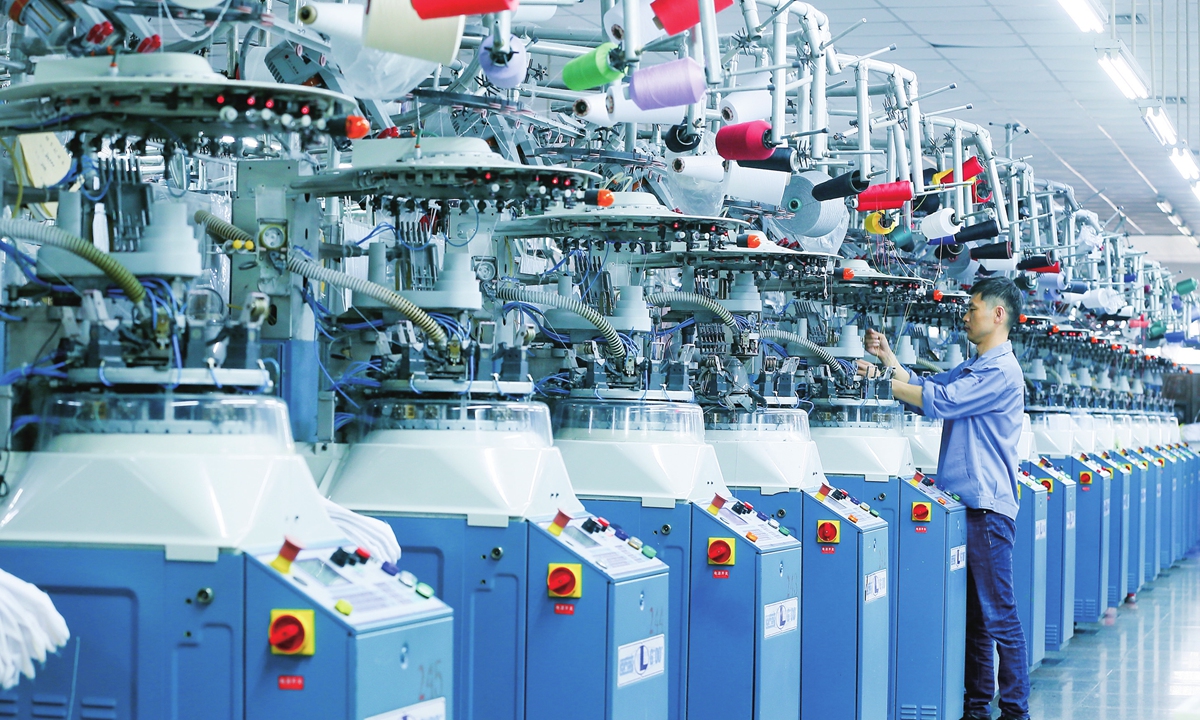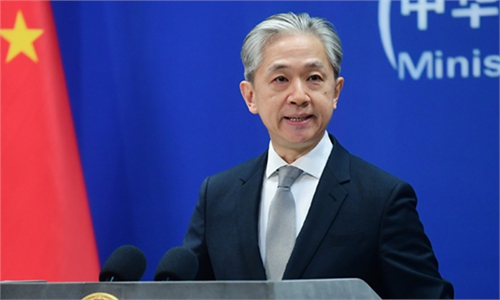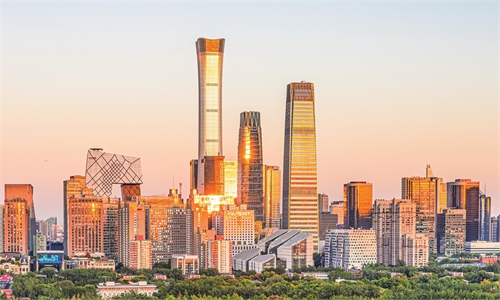Chinese economy maintains stable growth in April, with industry, exports indicators improving moderately

A worker produces socks for export markets at a factory in Jimo district in Qingdao, East China's Shandong Province on May 7, 2024. Photo: VCG
China's economy maintained stable growth in April, with key indexes on industry, exports and employment showing improvement from March, data released by the National Bureau of Statistics (NBS) showed on Friday. The set of data underscored that the world's second-largest economy has been sustaining its solid recovery momentum since the beginning of the year despite facing multiple headwinds - ranging from a prolonged property sector downturn to rising geopolitical uncertainties.
While pressures could persist throughout the year, analysts said the economy is set to embark on a more balanced recovery track and unleash more potential in the second half, as a package of targeted stimulus measures, including support for the property industry and the issuance of ultra-long-term special treasury bonds, take effect and as global demand continued to bounce back.
The set of upbeat industrial data, which shows that China's high-quality development roadmap is taking shape, has also proven that the US government's reckless tariff hikes on Chinese industries, which it attempted to justify by attaching the "overcapacity" label to Chinese exports, are futile and doomed to lose traction in the global arena, analysts said.
China's industrial production jumped 6.7 percent year-on-year in April, compared with a 4.5-percent growth in March, NBS data showed. The metric also beat market expectations of a 5.5-percent expansion.
In April, retail sales gained 2.3 percent year-on-year, down from the March reading of 3.1 percent. Fixed-asset investment rose 4.2 percent year-on-year in the first four months, slightly slowing down from the 4.5 percent growth in the first three months.
"China's economy remained stable in April. Although some indicators recorded a moderate growth rate as affected by factors such as staggered holiday arrangements and a relatively high base in the same period last year, major indicators of industry, exports, employment and prices improved, with new driving forces maintaining rapid growth," NBS spokesperson Liu Aihua said at a press briefing of the State Council Information Office on Friday.
Cao Heping, an economist at Peking University, told the Global Times on Friday that some economic data in April has improved slightly compared with the March reading, which bodes well for growth in the second quarter.
Analysts in particular took note of the robust growth in high-end manufacturing.
In April, the value-added of China's high-end manufacturing gained 11.3 percent year-on-year, marking a 3.7-percentage-point acceleration from that of March. The value-added of equipment manufacturing also increased by 9.9 percent, accelerating 3.9 percentage points from March.
Cong Yi, a professor at the Tianjin University of Finance and Economics, told the Global Times on Friday that the pick-up in China's high-end industries is sending out a positive signal on the resilience of the Chinese economy against the backdrop of the malicious US crackdown against China's advantageous industries.
The Biden administration announced new tariffs on $18 billion worth of Chinese imports on Tuesday, including Chinese-made steel and aluminum, semiconductors, electric vehicles (EVs), lithium batteries and components, and photovoltaic cells, among other items.
In response to a question on the impact of US tariff hikes on the Chinese economy, Liu said at the press briefing that the overall operation of the economy shows considerable resilience and potential, which is beneficial to mitigating the impacts of external shocks.
"As intrinsic vitality and reliability of the domestic circulation are further strengthened, and as China's sheer market size advantage is further utilized, it is expected that domestic demand will further recover, with the role of internal drives becoming more prominent," Liu said.
Chinese officials and observers, nevertheless, also took note of multiple headwinds including a "more complex, severe and uncertain external environment," insufficient domestic demand and a property sector downturn across the year, and called for more efforts to "frontload and effectively implement" introduced macro policies.
Chinese policymakers on Friday issued a number of supportive policies to bolster the property market, including relaxing down payment policies and cutting loan interest rates.
Also on Friday, China issued the first batch of 1 trillion yuan ($140 billion) in ultra-long-term special treasury bonds, as the authorities seek more funding to shore up government spending and strategically important projects' investment for high-quality economic development.
"The bond issuance needs to be completed as early as possible, considering that there is still some softness in the economy," Tian Yun, a veteran economist based in Beijing, told the Global Times. Cao noted that it would take two to three months for the effects of the ultra-long-term treasury bonds issuance to bear fruit, and that in turn would elevate the whole-year GDP growth by 0.1-0.3 percent.
Observers have predicted that GDP growth in the April-June period would still hover at around 5 percent, slightly down from the 5.3-percent growth recorded in the first quarter. As consumption potential will still benefit from the May Day holidays, the country is well positioned to meet its annual GDP goal of around 5 percent, they noted.
In April, China's consumer price index edged up 0.3 percent from a year earlier, rising for a third straight month. Cong said that signaled a gradual improvement in domestic demand.
"Considering China's prodigious economic scale, any growth between 4.5 and 5.5 percent should be sound and sustainable," Cao noted. Analysts said if China's GDP growth hits over 5 percent per year, the increase in China's economic volume could roughly equate to the economic output of Switzerland, which is now the world's 20th-largest economy.
Analysts expect China's economic growth to contribute around 35 percent to global economic development this year, further consolidating its role as both a stabilizer and key locomotive of the world economy.




